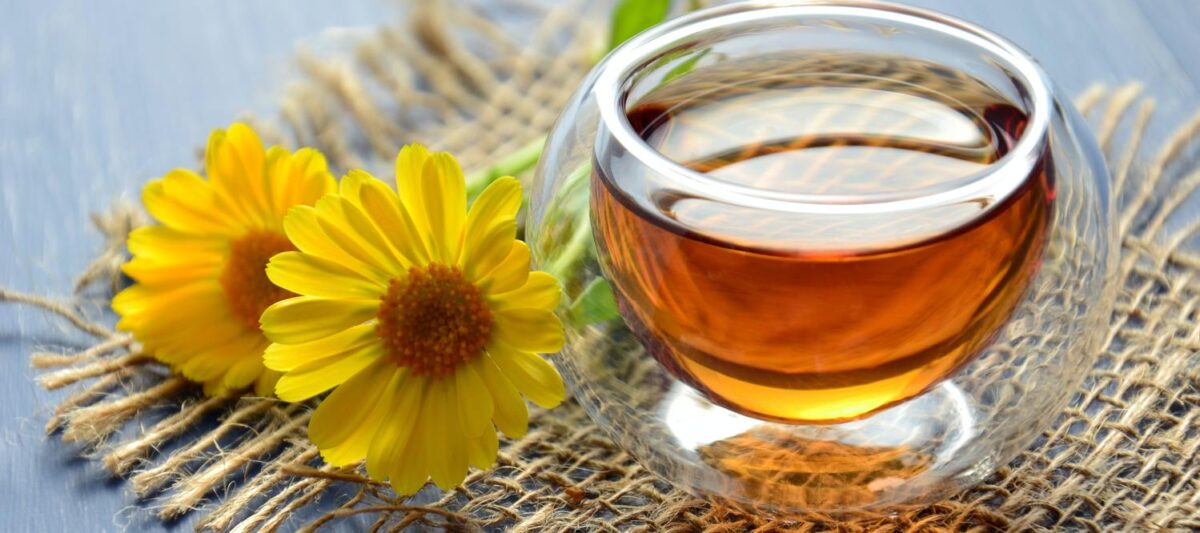Beautiful, strong and long tresses are a dream of every woman. Everyone dreams of the perfect hair with volume, luster, smoothness and strength. For men, there is nothing better than strong and healthy hair which can be styled in a multiple number of ways.
Unfortunately, due to increasing pollution, poor diet, lack of nutrition and irregular eating habits have resulted in the type of hair, just as opposite. Hair, today, is more to become weak, dull and lose their sheen and luster resulting in premature graying, dandruff, thinning and even early baldness.
Ayurveda believes in a holistic approach towards hair care. It exerts pressure on the importance of the Ahara – Vihar which means a healthy diet and lifestyle. These are the two major factors that greatly affect the quality of hair and hair growth of an individual along with the type and application of the oil you use.
Ayurveda advocates the use of natural and herbal oils to allow your hair to come back to life. Regular massage with warm oils make the scalp rich in essential nutrients, allowing healthy growth of hair with the improvement in its sheen, luster, color and vitality.
Oils of coconut, sesame seeds, mustard, amla, almond, need seeds and Brahmi are widely used for hair care treatments. They are completely jam-packed with the required nutrition for a healthful and robust hair growth. Their application can result in the cure of multifarious hair problems and it is advised that they should be applied on a daily basis for long lasting results.
Some of the natural hair oils and their benefits for encouraging healthy hair care are mentioned below. The natural oils and their application techniques are recommended by Ayurveda for regular usage to provide you with a satisfactory outcome.
Almond Oil
Almond oil hair treatment is best suited for hair which are predominated by vata. You can judge if your hair falls under the vata type, if your hair is thin, frizzy and dry along with being prone to split ends. Vitamin E, magnesium and calcium are profoundly fused in the almond oil, which does wonders to this type of hair.
You can directly use it to massage your hair to promote hair growth and retain its luster and shine. It is advisable to apply warm almond oil on your hair at night, followed by a warm water bath the next morning. Almond oil is also beneficial for curing hair loss and eliminates premature graying.
Sesame Oil
According to the ancient text of Ayurveda, Sesame oil is considered to be the king of oils. It has always been an ideal choice of Ayurvedic monks to treat diseases related to hair and body. Apart from curing a number of physical ailments, sesame’s antifungal and antibacterial properties can help your hair stay fit against the damaging chlorine water. While it is safe for massaging babies, it infuses a sense of relaxation and can help you get rid of a headache instantly.
It is used for the treatment of kapha type hair, which are thick and oily in nature. Application of sesame oil gives rise to black, shiny and deep rooted tresses. It helps fight against premature graying, hair fall, dandruff and baldness.
Amla Oil
Since centuries, amla has been an efficient tool in the treatment of hair and is known to make them healthy and robust. Amla, which is also known as Indian gooseberry, is a bundle of vitamin C and antioxidant properties which makes it best suitable for hair care.
You can prepare a pack of amla for the application on your head and hair for maximum benefits. To make the pack, take powdered amla and mix it with equal proportions of henna and Brahmi powder along with curd. Apply the pack on your head for about 30 minutes for satisfying results.
Coconut Oil
One of the lightest of natural oils is the coconut oil. Extensively used in India, coconut oil is used as a conditioner to promote hair growth and strengthen hair from the roots to the tips. It prevents the scalp from being flaky, dry and dull which reduces the chances of having dandruff. It is best suited for people having pitta hair type, that is, thin and fine hair which is prone to premature graying.
Being an outstanding coolant, people living in hot climatic regions generally use coconut oil for hair nourishment. To maximize the hair benefits of coconut oil, massage your head regularly and preferably in the morning, by preparing a weather proof mix for all types of climate applications. Take 100ml pure coconut oil and mix a teaspoon of black pepper to it. Heat the mixture and filter it for use. Apply the oil when it turns lukewarm.
Neem Oil
Neem has been known to man for its greatly effective medicinal values. Oil made up from the neem seeds has all the vital properties of this wonder plant. Neem oil consists of commendable properties such as its antifungal, antioxidant and antibacterial nature will save your head and hair from many types of hair diseases. It is abundant in Vitamin E and strengthens the hair from inside out while stimulating hair growth and preventing dandruff recurrence.
Neem oil has a nature of being solidified at room temperature and thus, it is advisable to mix the neem oil with other essential hair oils such as olive oil or carrier oil so that it can be easily applied.




